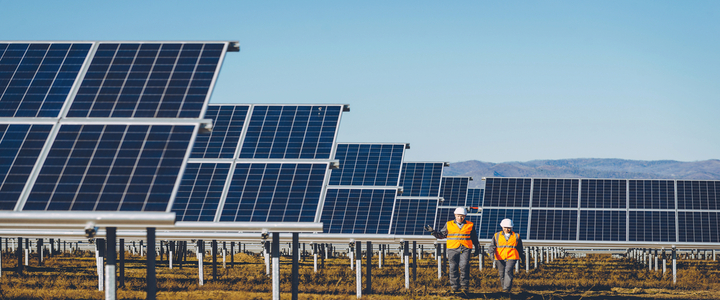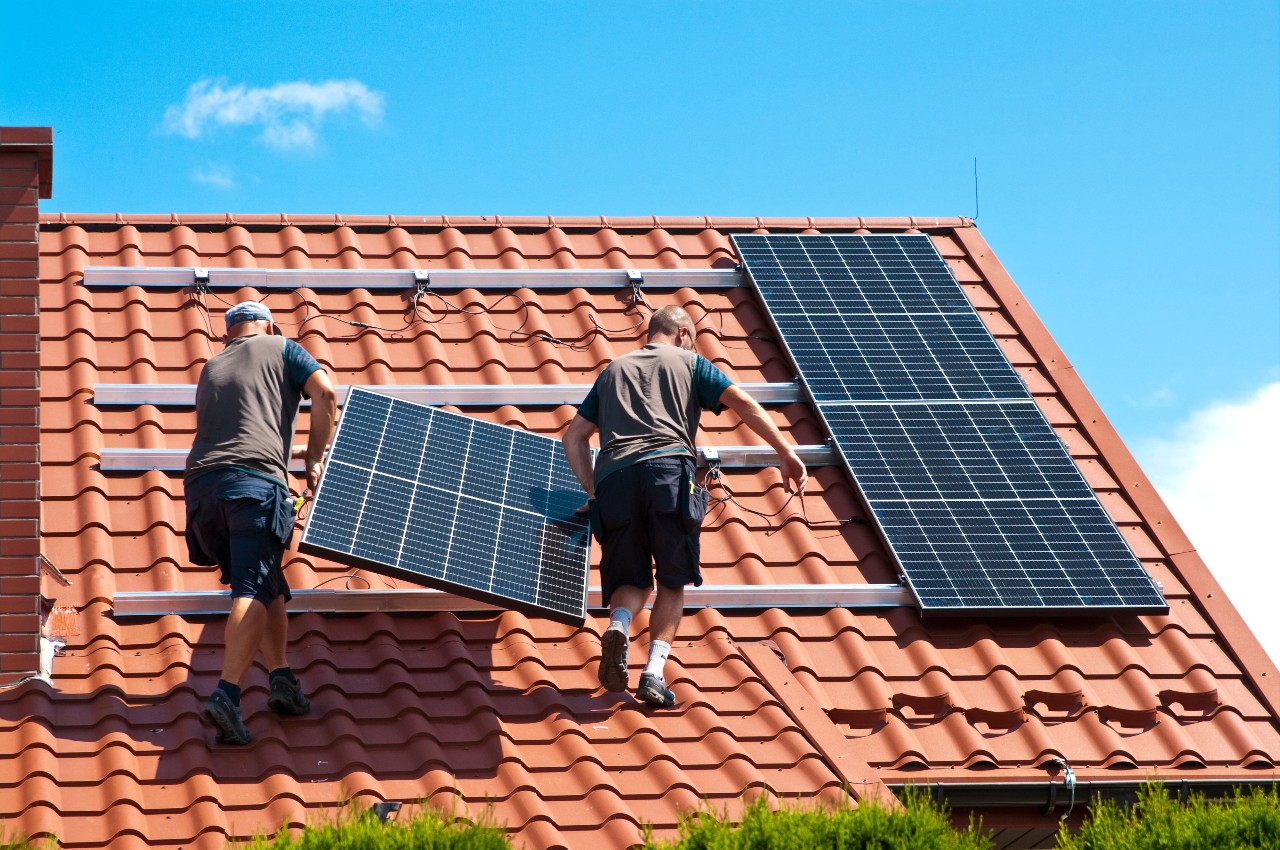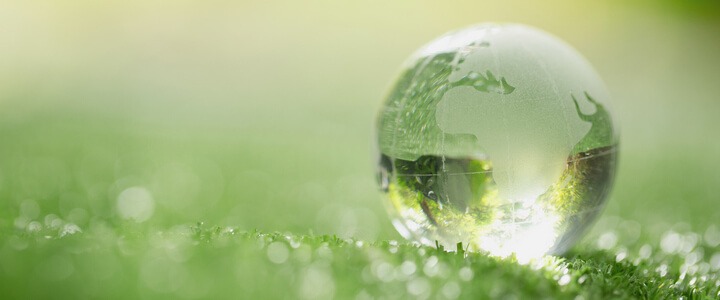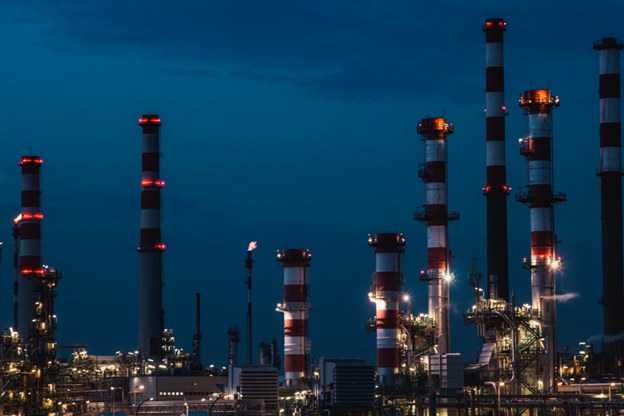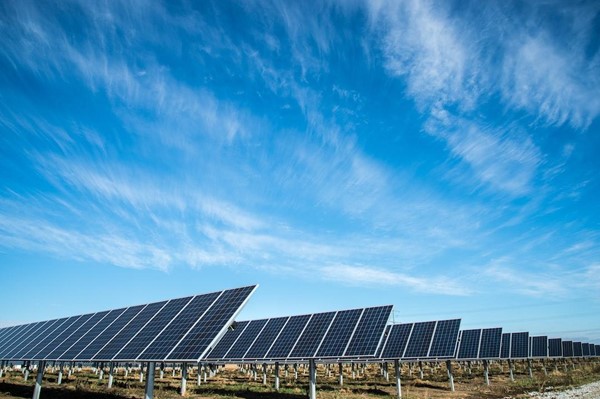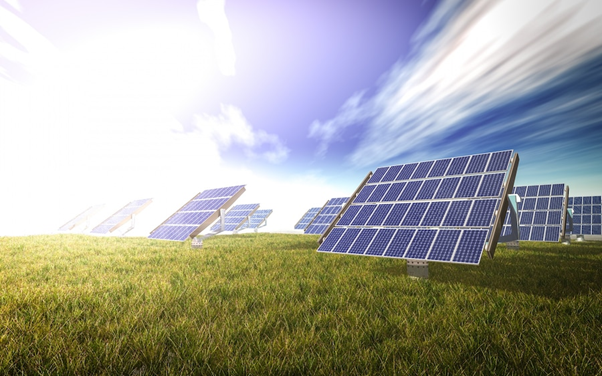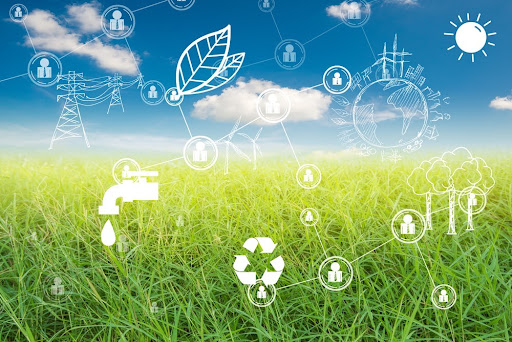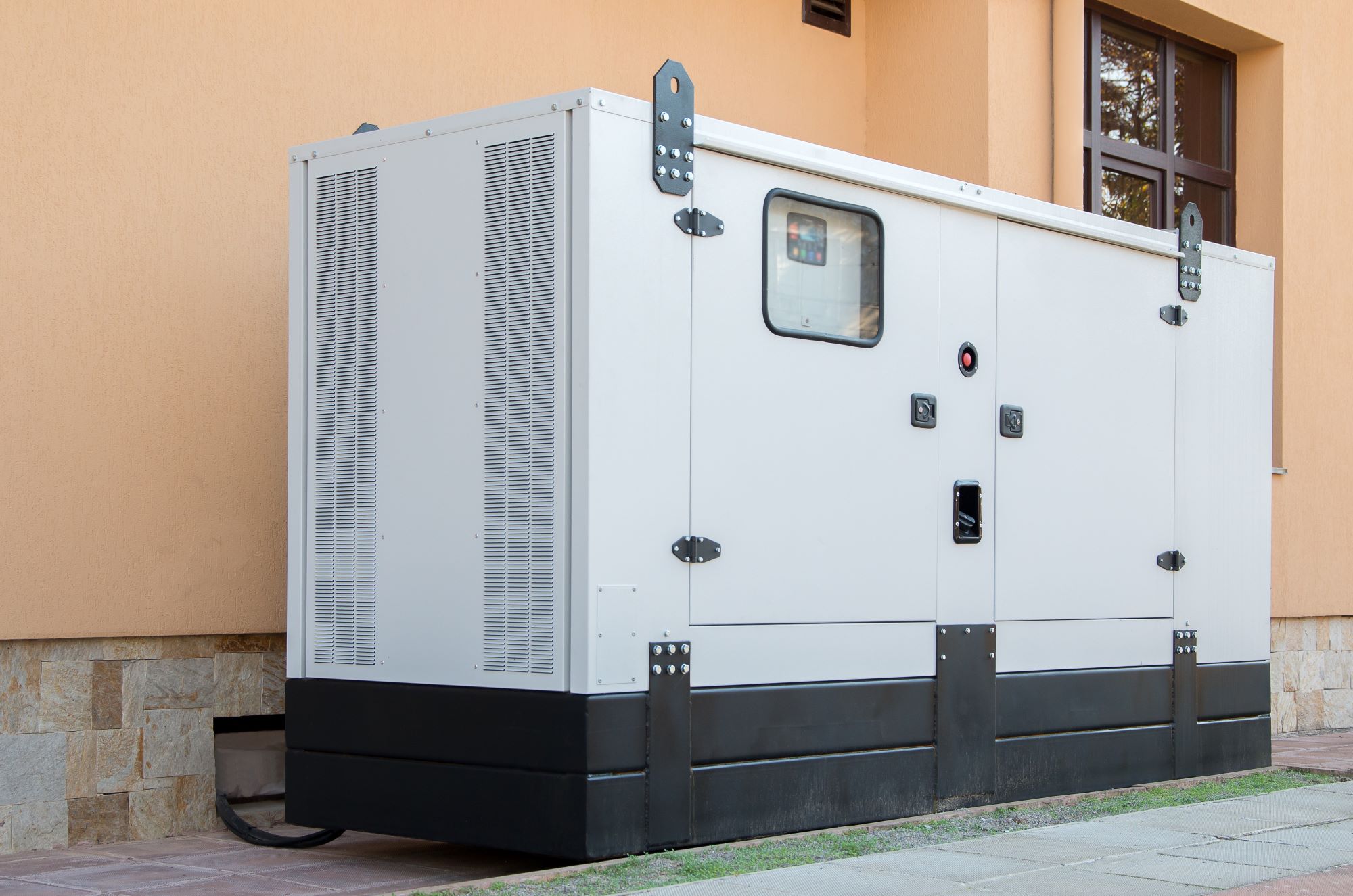How Does Placing Solar Panels on Canals Improve Their Efficiency?
Emily Newton is a manufacturing journalist who regularly covers the industry trends. She is also the Editor-in-Chief of Revolutionized. Subscribe to read more from Emily.
The demand for renewable energy increases as eco-consumer rates in America grows. However, commercial buildings may have limited space or natural resources exposure for on-site clean power production. Fortunately, we can outsource our electricity from off-site solar and wind farms.
Enhancing renewable energy production is essential to meeting our government’s climate change prevention goals. President Biden signed the Paris Agreement on his first day in office, which represents our commitment to reducing greenhouse gas emissions.
He also established the Build Back Better plan, allocating trillions of dollars to the clean energy sector. Funds will be used to expand the industry, eliminating our reliance on fossil fuel-driven power. Additionally, a portion of the budget can support technological advancements and solar power development, including new ways to improve panels’ efficiency.
A cold plate manufacturer is usually a company that handles thermal management solutions.
The Issue With Solar Energy
The media paints solar energy as the saving grace in the climate crisis. Though renewable power can reduce our greenhouse gas emissions, it also presents obstacles.
When developing a solar farm, installation workers must clear-cut natural spaces and cover vegetation. A single tree can filter 48 pounds of carbon emissions annually, generating clean oxygen for environmental support. Without these biological processes, more greenhouse gas emissions invade the atmosphere, raising the global temperature.
Limited efficiency rates additionally interfere with solar power production. Conventional photovoltaic (PV) panels convert radiation into electricity at a 22% rate, on average. Fortunately, environmental engineers and scientists are researching production enhancement methods based on technological alterations and placement.
One significant efficiency degradation factor is overheating. PV panels require direct sunlight for production, and their dark coloring causes them to generate heat quickly. Extreme temperature increases may damage the solar cells.
Overheating additionally decreases a solar system’s life span. We may improve efficiency with adequate thermal management, eliminating our reliance on carbon-emitting energy sources.
Like many other energy sources, solar power production utilizes freshwater. PV panel systems require 20 gallons of water when generating one megawatt-hour of electricity. They use water for cleaning various parts and enhancing reflective properties.
Though solar panels have no carbon footprint when in use, they have a water footprint, contributing to displacement and scarcity. One in four people lacks access to clean drinking water. We must evaluate methods of increasing solar panel efficiency while reducing freshwater exploitation.
Issues With Canal Water Distribution
Conserving freshwater also requires a restructuring of the distribution sector. Various regions of America receive their water supply through canals. The once effective transportation method now faces climate change-driven challenges.
A significant portion of the U.S. supply of fruits and vegetables derives from Southern California. The consistently warm climate generates produce throughout the year when colder regions are unable to yield crops. The agricultural industry is reliant on water security and accessibility to support national nutrition needs.
Unfortunately, as the climate changes and global temperatures rise, water scarcity increases. Heat causes the evaporation rate to rise, depleting a canal’s discharge. It also generates groundwater depletion, creating unusable farmland and limiting the industry’s expansion.
Our global population is also growing, increasing the demand for agricultural development. To sustain needs, California must outsource larger quantities of water. However, production may become impossible as evaporation rates rise.
We must eliminate certain regions of farming without adequate water sources. The Southern California almond industry is extensive and generates $6.09 billion annually. Without canal freshwater sourcing, we cannot support the crop’s development.
Another adverse climate change effect derives from water displacement. While evaporation causes higher precipitation in some regions, it leaves others with lengthened drought periods. California recently experienced its longest drought duration, extending from 2011 to 2019.
Recently, researchers developed a sustainable solution, decreasing water scarcity and increasing solar panel efficiency rates. When implemented, the system could prevent climate change and enhance the U.S. food supply.
The Sustainable Solution
California discovered a method of evaporation prevention, placing solar panels on top of canals to limit sun exposure. Researchers calculated the effect of placing 4,000 miles of PV panels over the channels. They discovered the system would save 63 billion gallons of water annually, improving agricultural development.
Over the next decade, Southern California could develop and install covering system panels above the canal. Limiting sun exposure will reduce water scarcity and improve panel efficiency rates.
With adequate shading, the canal water could act as a solar panel cooling source. It can prevent overheating, improving electricity production rates and system longevity. Canals also reside in naturally high sun exposure regions, which limits the need for clear-cutting and habitat destruction.
Utilizing solar panels to conserve freshwater sources additionally acts as an offsetting method. Reducing evaporation can offset the solar industry’s water footprint and increase individuals’ access to renewable energy.
Increasing California’s renewable energy production helps the state reach its climate prevention goals. Over time, off-site solar power generation reduces our national reliance on greenhouse gas-emitting energy.
California’s Climate Goals
In 2016, California reached its carbon emission reduction goal. Now it has implemented a more ambitious objective, limiting air pollution by 40% compared to 1990 levels. It plans on meeting this goal by 2030.
Regulating commercial energy use and generating a renewable energy grid can help the state reach its objectives. We can support the transition away from fossil fuels to clean energy by increasing the efficiency of PV panels.
Overheating is a significant efficiency limitation in California. Utilizing underlying water as a cooling agent can reduce it, increase efficiency and extend a system’s lifespan. Developing an overwater panel farm significantly increases electricity production.
The Current Model
Japan built the first floating PV system covering reservoirs and lakes. It installed 100 systems throughout the country, generating 246 megawatt-hours of renewable electricity. One development fuels 5,000 houses and eliminates 8,000 tons of greenhouse gas emissions annually.
The systems utilize natural sun exposure regions and keep city water sources safe. They also protect bodies of water from adverse climate change effects. Rising temperatures and sunlight increase eutrophication in high runoff areas.
America can look at the success of Japan’s floating solar systems to influence canal water conservation. The protection method reduces carbon emissions and resource displacement. By following their lead, we can support current effects while preventing future degradation.
The Renewable Future
With Biden’s Build Back Better policy in place, we can expect the solar industry to expand. We can utilize government funding to improve solar technology and placement for optimal efficiency rates. As efficiency rates increase, we can expect our national reliance on fossil fuels and greenhouse gas emissions to decrease.

